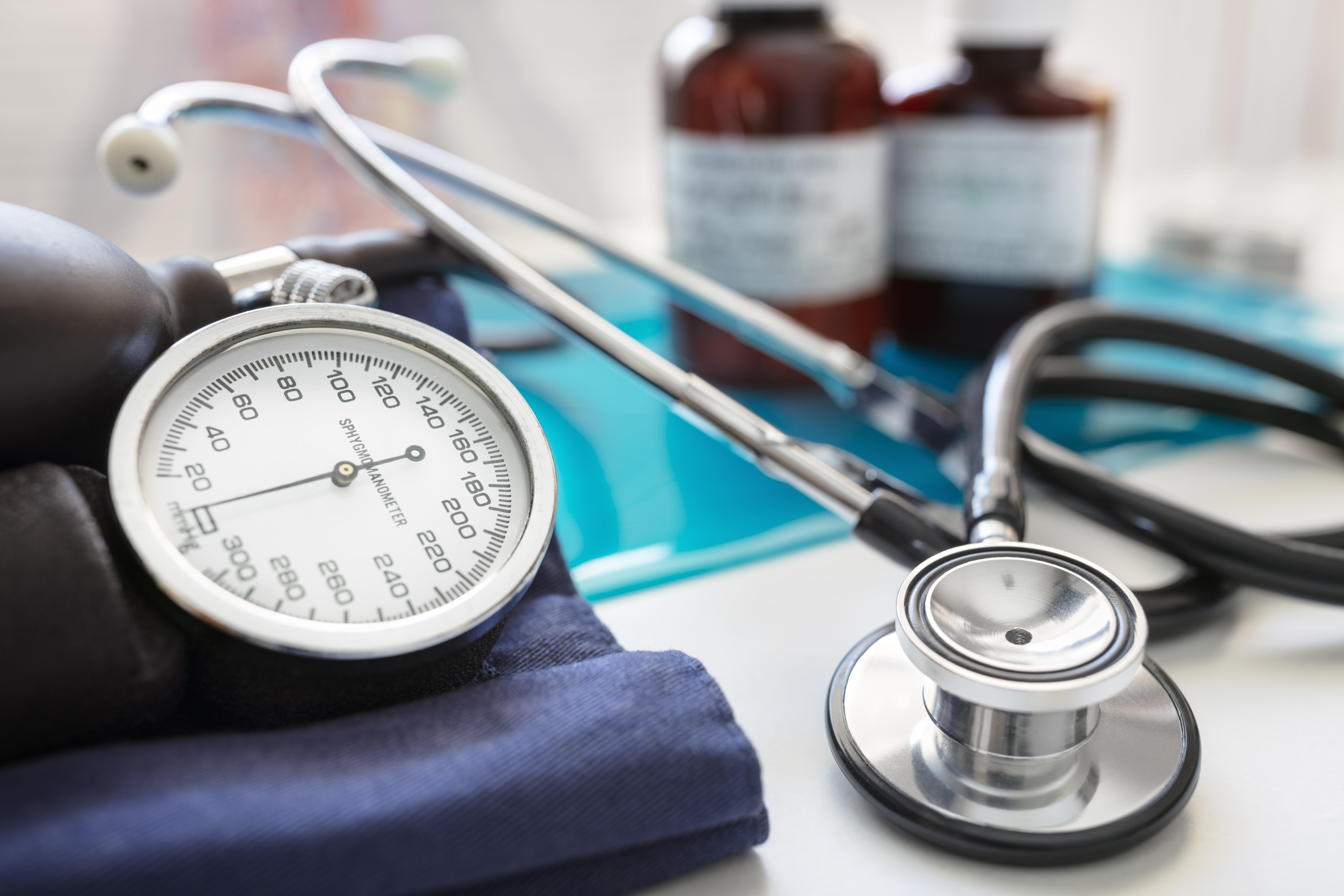When High Cholesterol Becomes Dangerous: Signs You Should See a Doctor
5. High Blood Pressure: The Silent Partner

High blood pressure often accompanies high cholesterol, forming a dangerous duo that increases the risk of heart disease. Cholesterol deposits can narrow the arteries, forcing the heart to pump harder to circulate blood, which raises blood pressure. This condition, known as hypertension, may not present noticeable symptoms, earning its reputation as a "silent killer." Regular monitoring of blood pressure is essential, especially if you have a family history of heart disease or other risk factors. If your readings consistently fall outside the normal range, it's wise to consult a healthcare professional to explore the possibility of high cholesterol and develop a comprehensive management plan.
6. Xanthomas: Visible Clues on the Skin

Xanthomas are fatty deposits that can appear on the skin, often around the eyes, elbows, knees, or tendons. These yellowish bumps are a physical manifestation of high cholesterol levels in the blood. While they may not cause discomfort, their presence can be a significant indicator of underlying lipid metabolism disorders. Xanthomas can occur in individuals of all ages, but they are more commonly seen in those with a genetic predisposition to high cholesterol. If you notice these unusual skin changes, it's important to seek medical evaluation to assess your cholesterol levels and determine the appropriate course of action.
